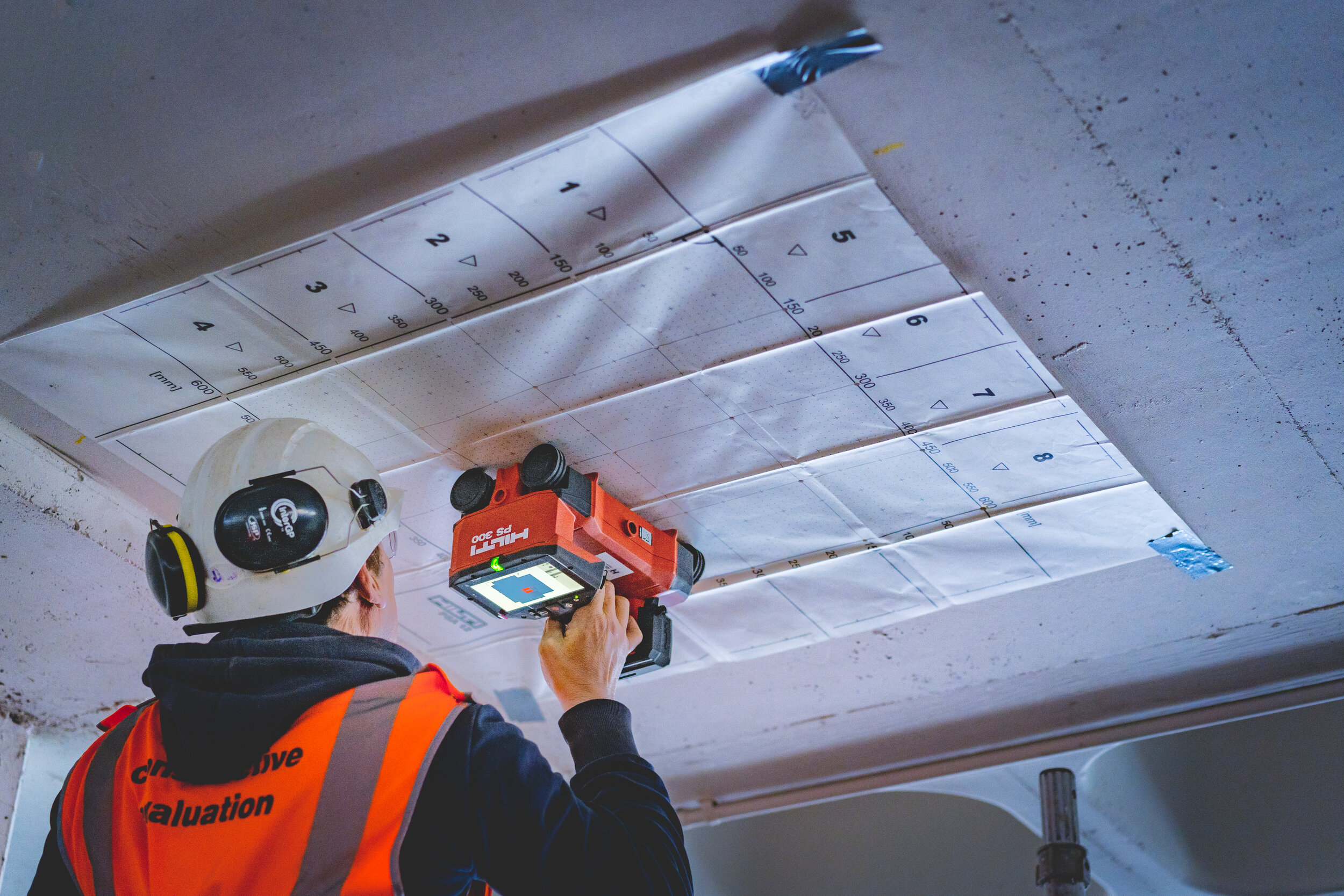RainierGPR Concrete Scanning: Ensuring Safety And Security and Effectiveness in Building
The Value of Accurate Concrete Scanning in Finding Underground Hazards
The capacity to accurately discover and map these underground risks is not merely a matter of ease however a critical facet of ensuring the safety and security of both construction workers and the stability of the job itself. By deploying sophisticated scanning technologies and approaches, professionals can reveal covert risks, stop expensive problems, and inevitably lead the method for smoother and safer building and construction undertakings.
Advanced Scanning Technologies for Detection
Sophisticated radar systems are changing the field of below ground detection by supplying unparalleled accuracy and efficiency. These advanced scanning modern technologies utilize ground-penetrating radar (GPR) to develop in-depth pictures of subsurface structures, using understandings right into what lies underneath the surface area with impressive clearness. By emitting high-frequency pulses into the ground and gauging the reflections, radar systems can identify variants in material make-up and spot underground hazards such as wires, gaps, and pipes.
One of the crucial advantages of these innovative radar systems is their non-invasive nature, permitting complete examinations without causing damages to the existing frameworks. This not only guarantees the security of the surrounding setting but likewise minimizes the demand for costly repairs or disturbances to recurring building tasks. In addition, the real-time information given by these scanning innovations allows fast decision-making and enhances total project performance.
Importance of Subsurface Mapping

Exact subsurface mapping helps in protecting against pricey problems to existing underground framework, decreasing the risk of crashes, and preserving job timelines. It allows project managers to make informed decisions pertaining to website preparation, devices deployment, and source allowance. Furthermore, subsurface mapping enables better coordination amongst various groups servicing a job and aids in abiding by governing needs connected to underground utility discovery.
Mitigating Risks in Building And Construction Jobs
Efficient threat reduction strategies are important for ensuring the success and safety and security of construction jobs. One essential element of mitigating risks in building and construction projects is detailed preparation and assessment at the initial stages.
In addition, developing clear communication channels amongst all job stakeholders and guaranteeing strict adherence to safety and security methods are important elements of risk reduction. Regular assessments, quality assurance procedures, and monitoring of job progression Source can help in recognizing and addressing any emerging threats quickly. Moreover, having contingency strategies in position for unanticipated difficulties can dramatically minimize the effect of disturbances on the task. By proactively implementing robust danger reduction approaches, construction tasks can reduce hold-ups, price overruns, and safety and security cases, eventually causing effective project outcomes.

Protecting Against Pricey Problems and Delays
To reduce monetary losses and task problems, effective methods must be executed to stop expensive problems and delays in building tasks. Identifying these blockages early on assists in planning the task design more efficiently and preventing possible damages throughout excavation.
Furthermore, buying training programs for building workers on the value of concrete scanning and safe excavation practices can significantly reduce the threat of crashes and delays. Clear communication channels in between job supervisors, designers, and on-site workers are likewise necessary to make sure that every person knows the possible risks and follows the essential methods to protect against expensive problems. By prioritizing aggressive procedures like concrete scanning and promoting a culture of security and awareness, construction projects can lessen the financial effect of unanticipated below ground obstructions and avoid pricey hold-ups.
Ensuring Security of On-Site Personnel
By prioritizing proactive measures such as extensive training programs and clear interaction channels, construction projects can guarantee the security of on-site employees amid the potential dangers identified with concrete scanning. Appropriate training gears up workers with the knowledge and skills required to browse building sites securely, particularly when dangers are recognized through scanning processes. Training ought to cover risk recognition, emergency situation treatments, and the correct use of individual protective devices to mitigate threats properly.
Furthermore, developing clear interaction channels is important for sharing information concerning recognized threats promptly. This makes certain that all on-site personnel understand prospective threats and can take needed safety measures to avoid mishaps. Regular safety and security rundowns, tool kit talks, and regular updates relating to scanning results assistance keep every person educated and positive in maintaining a secure working atmosphere.
Additionally, applying strict adherence to safety and security methods and laws, conducting routine security audits, and fostering a culture of safety and security consciousness among employees are essential parts in ensuring the well-being of on-site personnel during building projects - RainierGPR Concrete Scanning. Proactive precaution not just safeguard employees from damage but also add to the navigate to these guys general success and performance of the task
Verdict
Finally, accurate concrete scanning plays a critical role in identifying underground hazards. Using advanced scanning modern technologies and subsurface mapping assists alleviate threats in building and construction projects, avoiding expensive problems and hold-ups. By guaranteeing the safety and security of on-site personnel, precise scanning can dramatically improve the efficiency and success of building operations. It is essential for building business to prioritize using accurate scanning techniques to lessen possible dangers and make certain a smooth building and construction process.

By proactively implementing durable risk mitigation techniques, building jobs can minimize delays, cost overruns, and security cases, eventually leading to effective job results. - RainierGPR Concrete Scanning
To reduce monetary losses and project problems, reliable approaches should be carried out to stop pricey you can check here damages and delays in construction projects. By focusing on positive procedures like concrete scanning and advertising a society of safety and recognition, construction jobs can reduce the economic effect of unanticipated underground blockages and prevent pricey hold-ups.
By focusing on positive steps such as detailed training programs and clear communication channels, construction tasks can make certain the safety of on-site workers amid the prospective threats found via concrete scanning. Using sophisticated scanning technologies and subsurface mapping aids alleviate dangers in building jobs, protecting against pricey damages and delays.